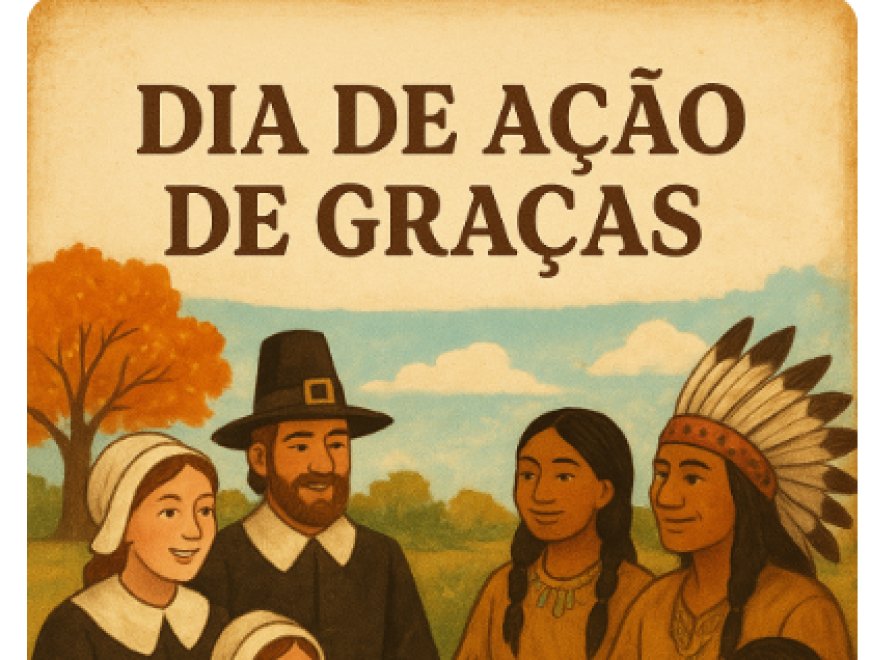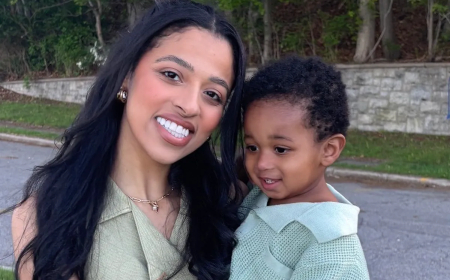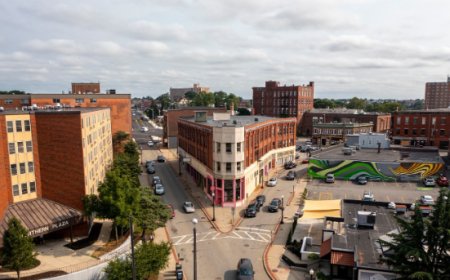Thanksgiving Day in the United States, the history, traditions and current meaning
Thanksgiving Day is one of the most important and symbolic celebrations in the United States, held annually on the fourth Thursday in November. Much more than just a holiday, the day represents gratitude, family unity, historical memory and strong cultural traditions that have shaped American identity for centuries.

The most publicized story dates back to 1621, when English settlers - known as Pilgrims - who had arrived a year earlier in Plymouth, in present-day Massachusetts, organized a large meal of thanks for the successful harvest and for surviving after an extremely harsh winter.
This celebration took place with the support and presence of the Wampanoag, an indigenous people who taught the newcomers techniques for growing corn, fishing and survival. For three days, settlers and natives shared food and coexistence.
While the traditional narrative has been romanticized over time, it is undeniable that that meeting marked the beginning of the symbolic representation of the "first Thanksgiving".
-
1789: George Washington, first president of the USA, proclaimed a national day of thanks.
-
1863: During the Civil War, President Abraham Lincoln made Thanksgiving Day official as a national holiday, to be celebrated at the end of November.
-
1941: Congress officially established that the holiday would always be on the fourth Thursday of November, a date that remains in effect today.
The highlight of the date is the reunion of families. Millions of people travel across the country, making the Thanksgiving period one of the busiest in traffic and at airports.
The Thanksgiving table is one of the most recognizable symbols of American culture. Among the most common dishes are:
-
Roast turkey (the star of the party)
-
Puree potatoes
-
Stuffing (stuffing)
-
Corn and vegetables
-
Cranberry sauce (typical berry sauce)
-
Pumpkin pie (pumpkin pie)
-
Apple pie or pecan pie
In many immigrant communities, including Cape Verdeans, there is a fusion between American dishes and traditional flavors from home.
There are many stops. The most famous is the Macy's Thanksgiving Day Parade in New York, with floats, giant balloons, artists, marching bands and a national broadcast.
Special NFL games have been held on this day since the 19th century, becoming an essential part of the schedule.
Many organizations make donations, distribute meals to vulnerable families, and volunteers help out in community kitchens - highlighting the solidarity spirit of the date.
Despite being a holiday of unity and gratitude, Thanksgiving is also a time for historical reflection. Some Native American communities remember the negative consequences of colonization and hold a National Day of Mourning in memory of the losses suffered by native peoples.
Thus, modern Thanksgiving has two pillars:
-
Gratitude and family - celebrating life, achievements and togetherness.
-
Historical awareness - recognizing the truth about the past and valuing respect between cultures.
The Thanksgiving period also marks the start of end-of-year shopping. The following Friday is Black Friday, the biggest sales day in American commerce and an event that has spread around the world.
Culturally, the holiday reaffirms the idea of community, generosity and connection that Americans consider fundamental to society.
Thanksgiving in the United States is a rich, complex and tradition-laden celebration. While it evokes historical memories of survival and cooperation, it also promotes moments of family togetherness, sharing and reflection. It is a day when the country, despite its diversity and challenges, symbolically comes together to give thanks and to renew the spirit of solidarity.


















































